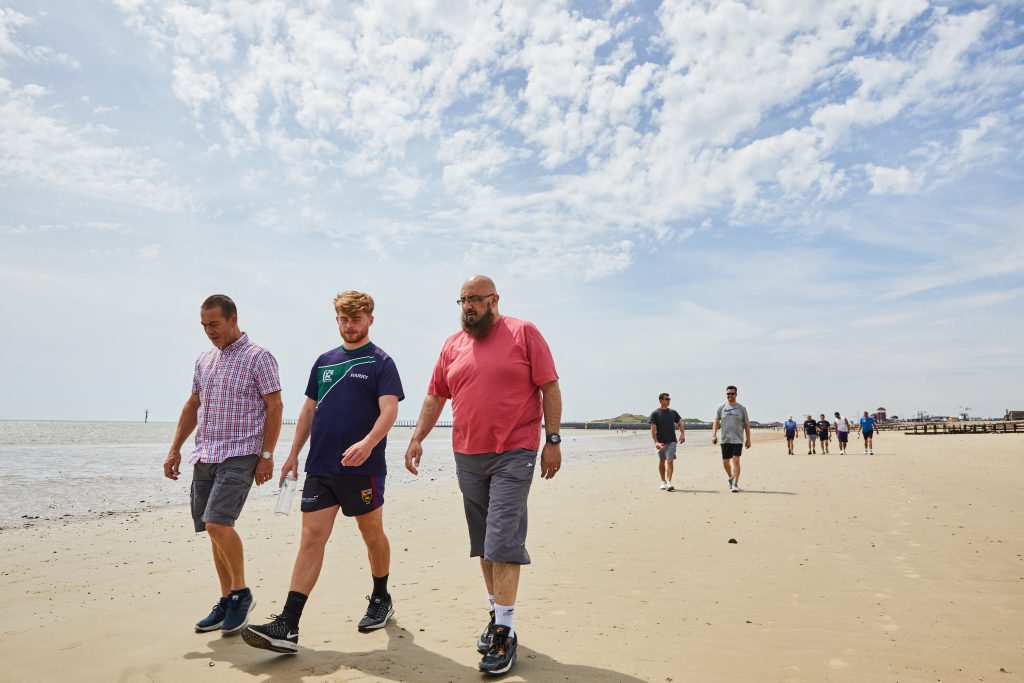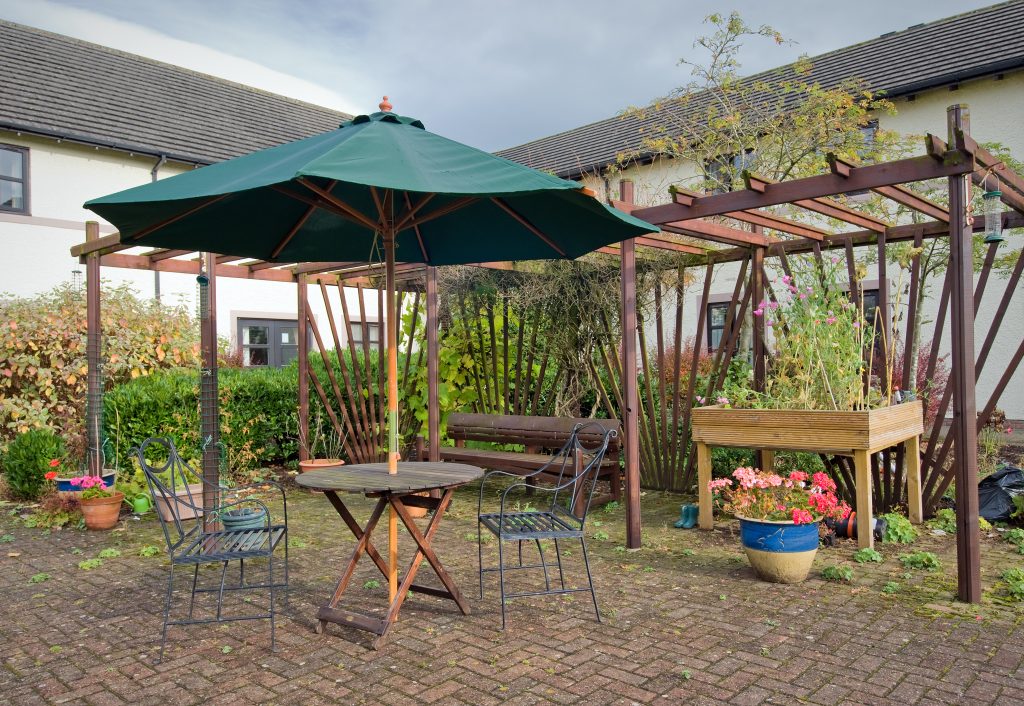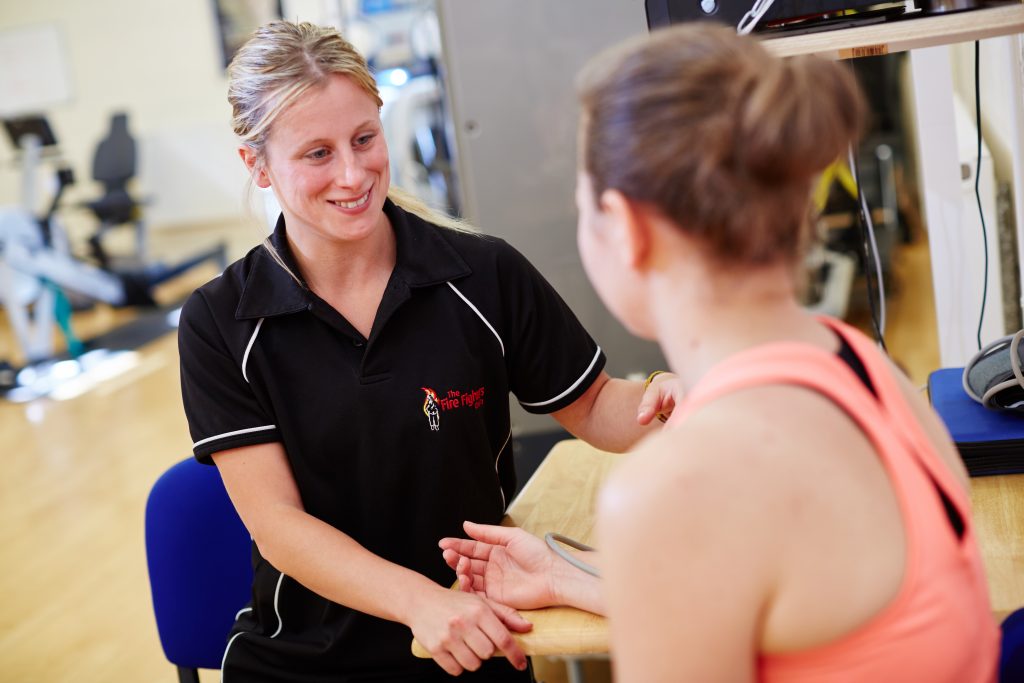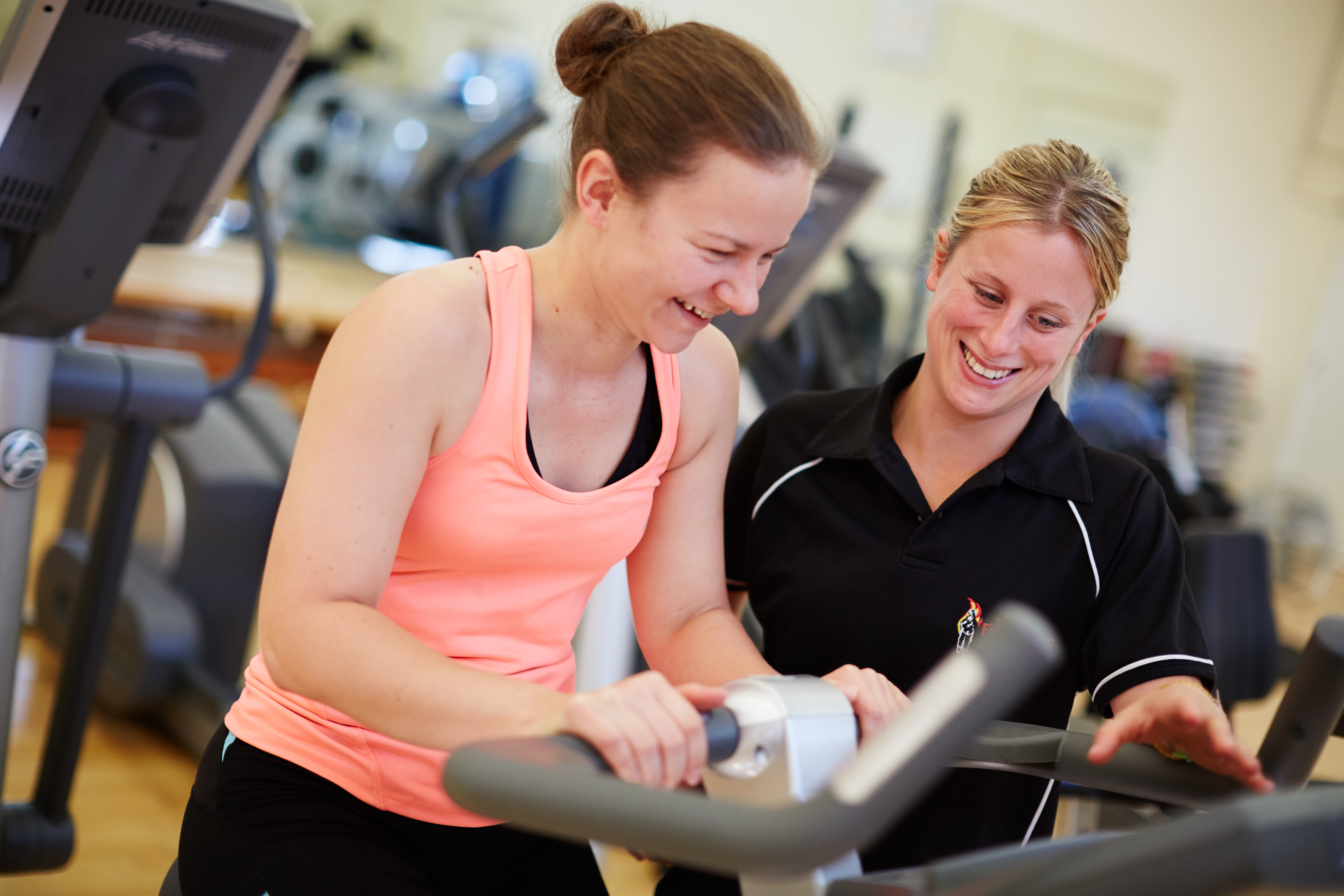150 minutes a week. Two and a half hours. This is what government guidelines recommend we achieve in moderate activity each week. Don’t think you can do it? Don’t worry, you’re not alone. Many of us feel anxiety at the thought of trying to fit in two and half hours of activity into our weeks, so many of us choose to just do nothing.
However, reaching this target of 150 minutes can prevent a range of chronic conditions, including Type II diabetes, coronary heart disease and hypertension. You’ll also avoid falling into the category of ‘physically inactive’ that alone accounts for 6% of all deaths across the world.
So what are you waiting for? Get started today and try simply sitting less and moving more, however that looks for you. Here are a few tips to help you get started.

Break it up.
Any amount of movement is better than none. And you can break up the 150 minutes into smaller douses throughout the week. Don’t think of it as two and a half hours a week. If you divided it equally, you only need to do just under 22 minutes of moderate activity each day and you’ll be within the guidelines for healthy movement. Why not set aside time each day to do something different to get your blood pumping? Your body will thank you for it.
One small step
The simplest way to get moving and improve your health is to start walking. It’s free, easy and can be done just about anywhere, even on the spot while waiting for the kettle to boil. A brisk walk is best, not too fast so you get out of breath, and not so slow that you don’t feel the benefit. Make the most of breaks to your routine, especially in the summer while the weather is nice. Plus spending time outdoors is linked with improved mental wellbeing and a change of scenery can help you focus when you get back to work.
(We can’t promise all walks will be as beautiful as those you’ll take part on with The Fire Fighters Charity, like this seaside stroll in Littlehampton)
Start the day right
Our internal body clocks are essential for healthy sleep patterns, maintaining our weight, and ensuring our bodies and minds are functioning properly. Studies show starting our day with exposure to sunlight is not only beneficial for regulating our internal body clocks but also for our health. Not many people want to set the morning alarm any earlier than they have to, but a morning stretch routine, a 20 min circuit at home or a quick walk around the block could be just what you need to wake you up and get you ready for the day. Also means you’ve got in most of your exercise requirement for the day, but could also be a soothing, motivating way to start a busy day.
Can you work it into your commute?
Could you walk or cycle to work once or twice a week to increase your exercise and reduce your petrol costs? Or could you park further away than you would normally so you have an extra few minutes of walking under your belt? How about at the end of the day, before you get in and relax, go for a quick lap of the block, to really earn that sit down at the end of the day.
Activity around the home
Want to watch your favourite programme? Why not get some tins of beans or a heavy backpack and start strength training while you’re watching? Strength training helps to build muscle and keep bones strong, while managing body fat. And don’t skip out on taking the stairs, as it’s a great, easy way to build lower limb strength each day. Day-to-day moderate exercise doesn’t only mean getting your trainers on and working out. Pushing a lawn mower around, dusting the shelves, painting or decorating, weeding, even ironing all contribute towards your 150-minute total.

Involve the family
Children love to get involved, especially if you make it a project. They need exercise as well, to help develop healthy strong bodies. Why not make a chart for the whole family using stickers to document who’s met their target? Got dinner in the oven and a spare 20 minutes? Stick on a YouTube exercise video and get the whole family involved.

Recognise and celebrate progress
Set yourself a challenge to see how many times you can do something, like body weight repetitions such as squats, press-ups, lunges or burpees. Over the course of a week, push yourself to see if you can get more done. Keep a record of it so you can see your progress, and celebrate milestones. Managed ten where a week ago you could only do two? Fantastic. Getting a friend or family member involved can increase your accountability as well, making you more likely to keep going. A little healthy competition is always the perfect motivator.
Stand instead of sit
Are there any times during the day where you can stand up, rather than sit down? If you work at a computer, could you make a standing desk for part of the day? Or if you’re on a conference call or meeting why not go for a walk outside while you do it? Or at least spend it standing up. Research shows walking can aid creative thinking, especially if you allow yourself to switch off for a few minutes and just enjoy the activity. Consider getting the whole team involved, setting times in the day where you all get up and get the blood pumping. Maybe at 3pm you all do 10 star jumps? You’ll get some precious minutes of exertion and the chances are you’ll be more productive too.
Technology is your friend
It doesn’t work for everyone, but many people swear by smart bands or watches that remind them to move. Anything that sends you a prompt to get up and get moving is a great weapon in the fight against inactivity.
However you choose to spend your 150 minutes, make sure you enjoy them and make sure you’re consistent. Don’t give up after a week, keep going and break the habit of inactivity, and before you know it, you will start to see the benefits. Good luck!
If you have a chronic condition or disability, talk with your healthcare provider about what types and amounts of physical activity are right for you before making too many changes.

